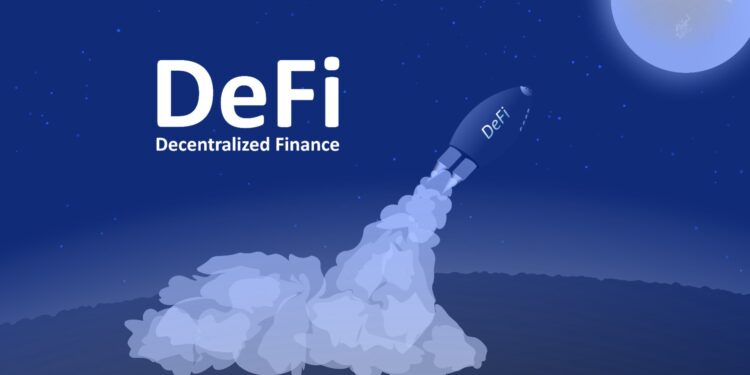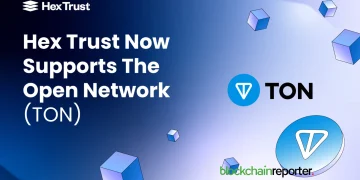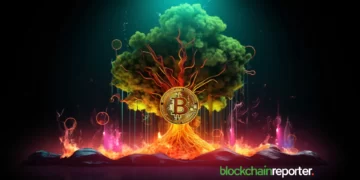The last few years have seen the decentralized finance (DeFi) market grow from strength to stretch, with the total value locked (TVL) within this space having risen from $600M to approx. $160B between Q1 2020 – 2022 alone. And while this burgeoning sector has been rocked by its fair share of controversies in recent months, the industry has slowly but surely transformed the way in which money changes hands — be it in the form of payments, loans, etc. — on a global scale.
In this regard, it is worth mentioning that DeFi platforms function in a manner that is completely opposite to traditional financial institutions, i.e. they do not need any centralized intermediaries such as banks or money lenders to assist them with their transactions. As a result, they are able to deliver a wide range of benefits to people all over the world, especially those individuals living in regions where they may not have direct access to high-quality banking services.
That said, one of the core issues currently impeding the mass adoption of DeFi across the financial mainstream is the volatility associated with this space. And while many crypto users are fine with these day-to-day price swings, such a high-risk setup has served as a dealbreaker for many traditional institutions looking to enter the ecosystem, so much so that many experts believe that the missing component currently keeping DeFi from going mainstream is Real-World Assets (RWAs).
A closer look at Real World Assets (RWAs) and their value proposition
In their most basic sense, RWAs are any entities that exist in the physical world and can be represented digitally on a blockchain. From the outside looking in, these assets represent a major untapped market for investors, possessing the potential to completely transform the DeFi industry.
To elaborate, using RWAs it is possible to tokenize virtually anything ranging from real estate, to invoices, to equities and convert them into non-fungible tokens (NFTs). By doing this, previously inaccessible liquidity — estimated to be worth trillions of dollars at present — can be unlocked, allowing the DeFi market to grow and reach its full potential.
Also, by bringing real assets to DeFi, smaller businesses (especially those looking to gain access to non-traditional financing avenues) can access an alternative capital source. Not only that, RWAs can help offer a high degree of security to those individuals with a low-risk appetite but may still be looking to enter the DeFi market.
Lastly, it should be pointed out that RWAs when employed within the realm of DeFi, stand to help users accrue stable returns that are uncorrelated to the cryptocurrency market at large. As a result, the merging of RWAs into the field of decentralized finance can help usher in a new level of economic stability, equality, and accessibility that can allow for seamless mass adoption.
RWAs are primed to transform the global DeFi landscape forever
In recent months, many platforms have made their way into the market, allowing users to utilize RWAs effortlessly, with Centrifuge being one of them. In its most basic sense, it can be described as a DeFi project that helps users access and deploy RWAs across various domains, thus bridging the gap between diverse markets such as real estate, remittance/invoice creation, and creator royalties. It achieves all of this while minimizing capital costs for small and medium-sized enterprises (SMEs) and at the same time generating sustainable income streams for its investors (independent of any volatile crypto assets).
Furthermore, Centrifuge comes with a Real-World Assets (RWA) market that has been devised atop the Aave network. Using this platform, investors have the option of acquiring solid yields against real-world assets that are unrelated to any crypto assets. Also, using Tinlake, Centrifuge’s consumer-facing Dapp, investors from all over the world can harness the power of various real-world asset pools quite easily. The platform has been devised from the ground up and allows its users to facilitate actions such as on chain borrowing against collateralized assets that are fully automated (due to its use of smart contracts).
The future of the DeFi market looks bright
As the global economy continues to be battered by high inflation rates and a looming recession, it stands to reason that more and more people will continue to make their way into the DeFi market over the coming few months. In this regard, it should be pointed out that over the past year or so, a growing list of trad-fi entities, including BNY Mellon, JP Morgan, and Morgan Stanley, have already made their way into this burgeoning space. Thus, it will be interesting to see how the continued introduction of RWAs into the digital asset fray can transform this market in the near future.






















